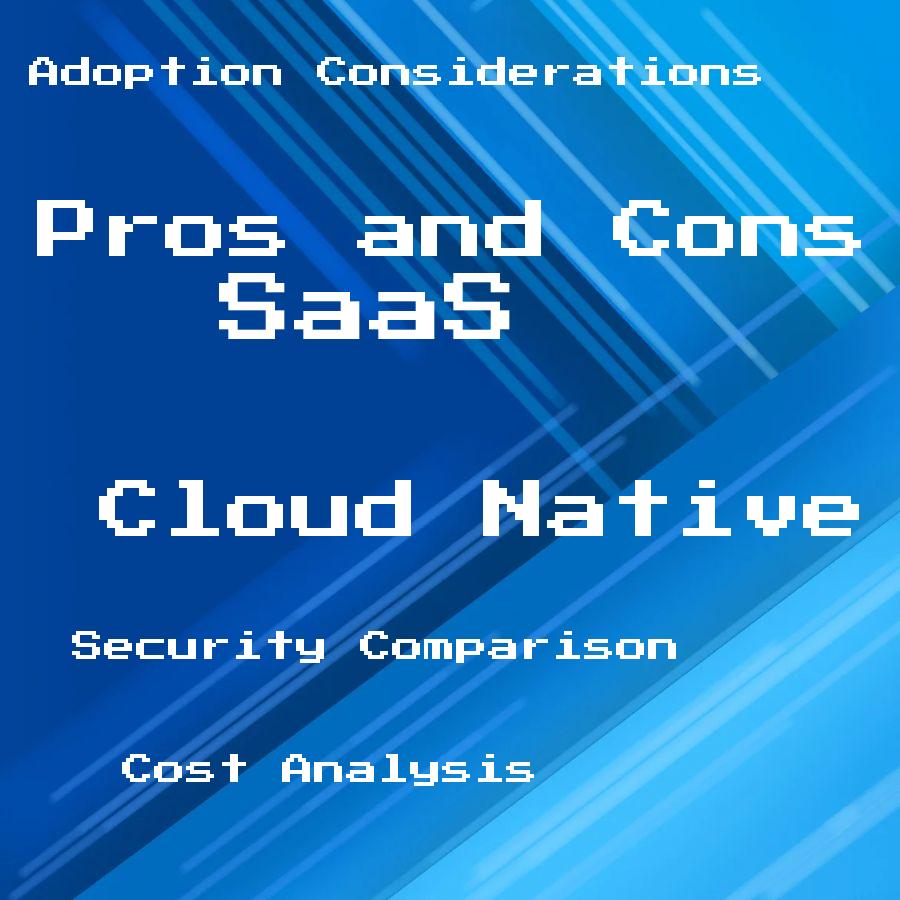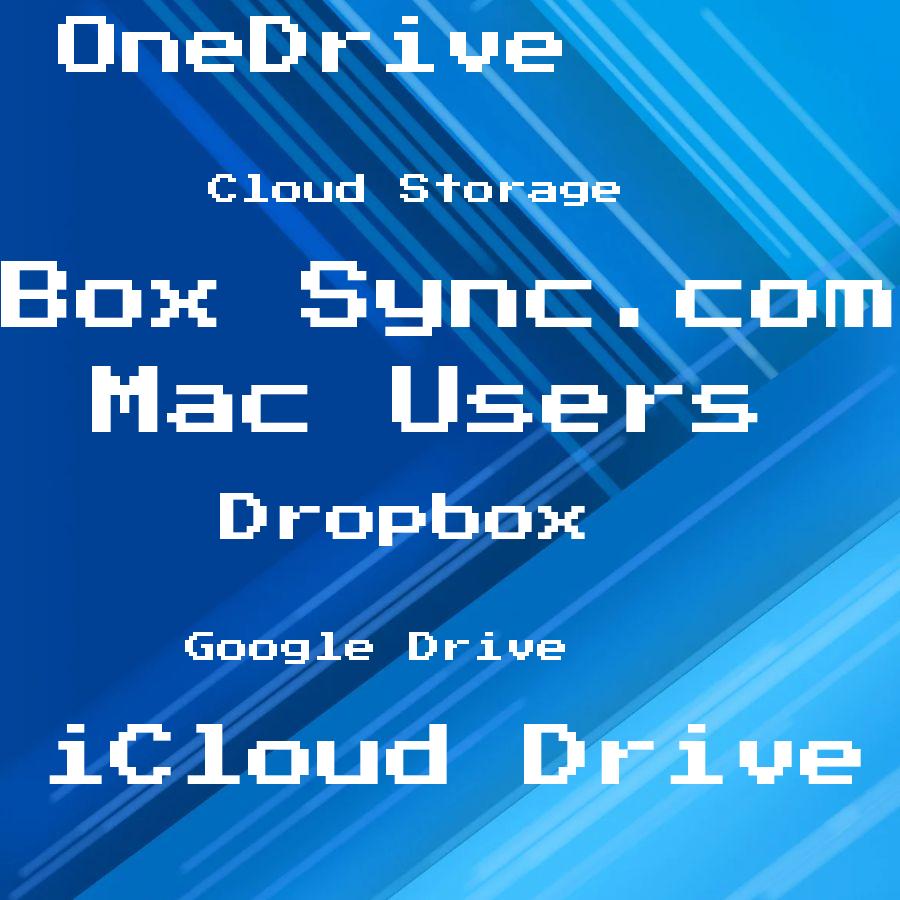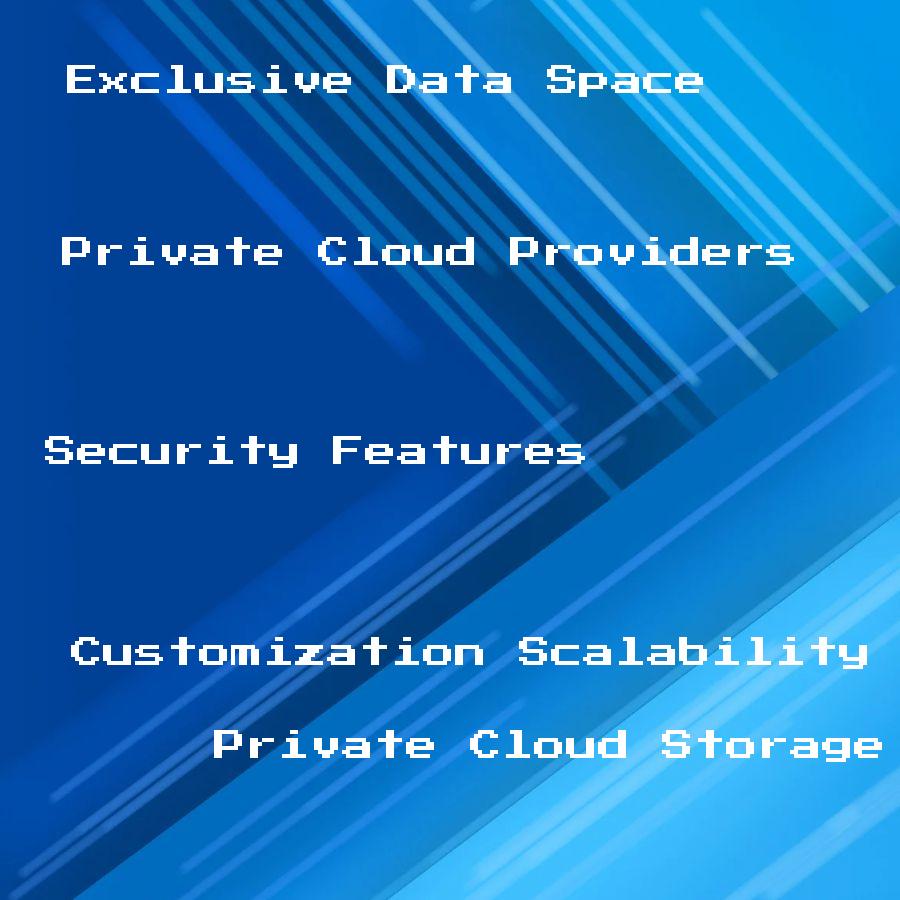Discover the key differences between cloud native and SaaS solutions as we dive into their unique features, benefits, and challenges in today’s rapidly evolving tech landscape.
Cloud computing has revolutionized the way we think about software and application development. With the rise of cloud-based solutions, businesses can now leverage powerful computing resources without having to invest in expensive hardware or infrastructure.
However, with so many different cloud-based options available, it can be challenging to understand which approach is right for your organization. In this blog post, we’ll take a closer look at two popular cloud computing models: Cloud Native and SaaS (Software as a Service).
We’ll explore the key differences between these approaches and help you determine which one might be best suited for your business needs. So buckle up and get ready to learn more about these exciting cloud-based technologies!
Cloud Native Overview

Cloud Native is a term used to describe applications that are designed and built specifically for the cloud. These applications are developed using microservices architecture, which means they consist of small, independent services that work together to form a larger application.
Cloud Native solutions leverage containerization technology like Docker or Kubernetes to package these microservices into lightweight and portable units that can be easily deployed across different environments.
One of the key benefits of Cloud Native solutions is their ability to scale quickly and efficiently in response to changing demands. This makes them ideal for businesses with fluctuating workloads or those looking for greater agility in their development processes.
Cloud Native also offers improved resilience as it allows developers to build fault-tolerant systems by designing each service independently so that if one fails, it does not bring down the entire system.
SaaS Explained
With SaaS solutions, businesses can avoid the need for on-premise hardware and infrastructure while still leveraging powerful software tools. Instead of purchasing and installing software on individual computers or servers, users can simply log in to their SaaS account from any device with an internet connection.
One of the key benefits of SaaS is its scalability. As your business grows and evolves, you can easily add new users or features without having to worry about upgrading hardware or managing complex IT systems.
Because updates are managed by the provider rather than individual organizations themselves – it’s easier for companies using these services to stay up-to-date with security patches.
Key Differences
While both approaches offer significant benefits over traditional on-premises software solutions, they differ in several key ways.
One of the most significant differences between Cloud Native and SaaS is how they handle infrastructure management. With a Cloud Native approach, organizations are responsible for managing their own infrastructure resources such as servers or databases.
This gives them greater control over their environment but also requires more technical expertise to manage effectively.
In contrast, with a SaaS model, the vendor manages all aspects of the infrastructure required to run the application or service. This means that businesses don’t need any specialized technical knowledge and can focus solely on using the software provided by vendors.
Another critical difference between these two models is how they handle customization options for users. In general terms, Cloud Native applications tend to be highly customizable since organizations have full access to underlying codebases while Saas applications may only allow limited customizations through configuration settings within an app’s interface.
Pros and Cons: Cloud Native
Here are some of the key advantages and disadvantages of using a cloud-native approach:.
Pros:
- Greater control over infrastructure
- More efficient use of resources
- Improved performance
- Better support for microservices architecture
- Easier integration with other systems
Cons: – Higher learning curve for developers – Increased complexity in deployment process – Requires more specialized skills than traditional development methods – May require significant investment in new tools or technologies.
While there are certainly challenges associated with adopting a cloud-native approach, many organizations find that the benefits outweigh any potential drawbacks.
Pros and Cons: SaaS
SaaS solutions are typically hosted by third-party providers, who manage all aspects of the application’s infrastructure and maintenance. This approach offers several benefits, including:
Pros:
- Cost-effective: SaaS eliminates the need for businesses to invest in expensive hardware or IT staff.
- Scalability: With SaaS, organizations can easily scale their usage up or down based on their needs.
- Accessibility: Because SaaS applications are accessed via the internet, they can be used from anywhere with an internet connection.
- Easy Maintenance and Upgrades: The provider takes care of maintaining and upgrading software.
However, there are also some potential drawbacks to using a SaaS solution:.
Cons:
- Limited Customization Options
- Solutions may not offer customization options beyond basic branding changes.
– Security Concerns Data security concerns arise when sensitive data is stored outside your organization’s premises.
– Dependency on Provider Organizations rely heavily on service providers for uptime guarantees.
Adoption Considerations
One of the most important considerations is whether your organization has the necessary resources and expertise in-house to manage a cloud-native or SaaS solution. Cloud-native solutions require specialized skills and knowledge, including experience with containerization technologies like Kubernetes or Docker.
On the other hand, SaaS solutions typically have more straightforward deployment processes but may not offer as much flexibility when it comes to customization.
Another key consideration is data security and compliance requirements. Depending on your industry or location, you may be subject to specific regulations around data privacy and protection that could impact which type of cloud-based solution you choose.
Cost can also play a significant role in adoption decisions for both types of solutions. While SaaS offerings often come with predictable monthly fees based on usage levels, costs for building out custom cloud-native applications can vary widely depending on factors such as infrastructure needs and development timeframes.
Security Comparison
Both Cloud Native and SaaS solutions offer unique approaches to securing data and applications in the cloud.
Cloud Native solutions typically rely on microservices architecture, which allows for greater flexibility and scalability. This approach also means that each service can be secured individually, reducing the risk of a single point of failure compromising an entire system.
On the other hand, SaaS providers often have dedicated teams focused solely on security measures such as encryption protocols or access controls. These providers may also undergo regular third-party audits to ensure compliance with industry standards like SOC 2 or ISO 27001.
Ultimately, both Cloud Native and SaaS solutions can provide robust security features when implemented correctly.
Cost Analysis
While both models offer cost savings compared to traditional on-premises software, there are some key differences in how they charge for their services.
Cloud Native solutions typically require more upfront investment in infrastructure and development resources. However, once the system is up and running, costs can be significantly lower than SaaS options since you only pay for what you use.
This makes cloud native ideal for businesses with predictable usage patterns or those that need complete control over their environment.
On the other hand, SaaS providers usually charge based on a subscription model where customers pay monthly or annually per user license. This pricing structure can be advantageous if your business has fluctuating demand or needs access to enterprise-level features without having to invest heavily upfront.
Ultimately, determining which approach offers better value depends on your specific business needs and budget constraints. It’s essential to evaluate all factors carefully before making any decisions about adopting either Cloud Native or SaaS solutions as part of your technology stack.




